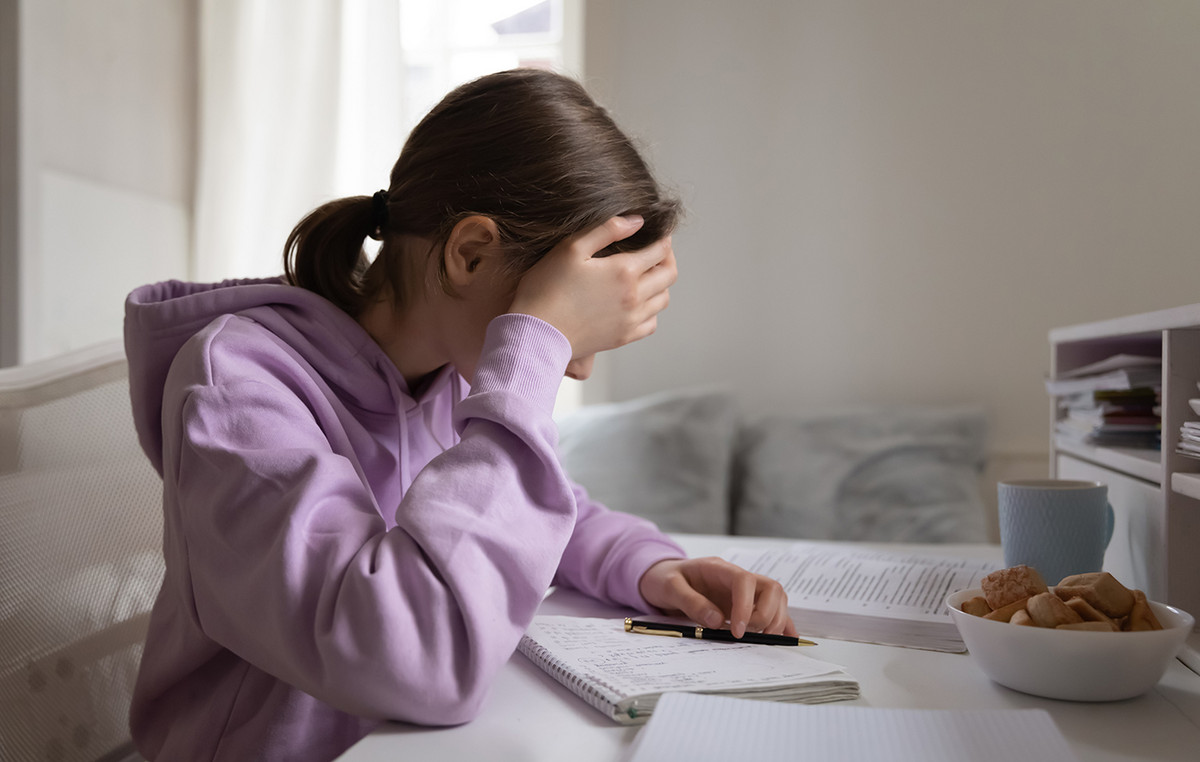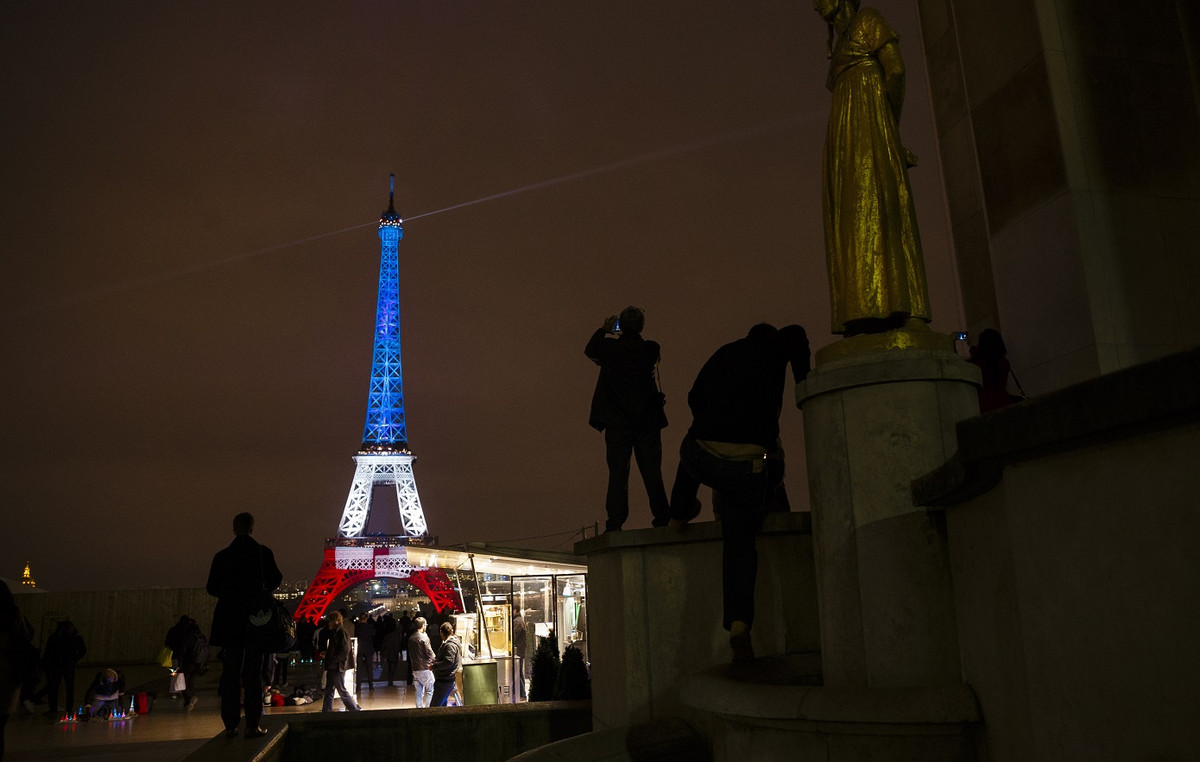The storm in Petrópolis, which killed at least 104 people, is seen by experts as the result of global climate change over the past few decades.
The ‘tip of the iceberg’ and a ‘piece of the world’s environmental problem’ were some of the expressions used by environmentalists to explain the situation witnessed in the municipality of the Serrana Region of Rio de Janeiro, which enters the second day of the aftermath this Thursday ( 17).
The tragedy in the city of Petrópolis was caused by the highest volume of rainfall recorded in the history of the municipality, in 24 hours. This is what the report by the National Center for Monitoring and Alerts for Natural Disasters (CEMADEN) points out, which began mapping the region since 1972.
in conversation with the CNNthe Climate Manager at the World Resources Institute (WRI), a non-governmental organization linked to the environment, Caroline Rocha, stated that adverse weather events will be increasingly frequent in Brazil and in the world, if the average global temperature continues to rise.
The data used by the WRI, which are part of the Intergovernmental Panel on Climate Change (IPCC), show that, so far, global warming has generated a rise of 1.2°C on the planet.
“With climate change, these catastrophes are inevitable, and will continue to happen. The situation could still get worse, all over the world. If today we witness an absurd scenario, in the future it could be much worse. Places like Petrópolis need to keep this in mind. The weather events that usually happen in the city will no longer be the exception but the rule. And the government of these places urgently needs to improve the infrastructure. It’s just a piece of the environmental problem in the world”, highlighted Caroline Rocha.
A survey carried out by CNN shows that more than 150 people died in the last five months of rain in Brazil. At least four states were affected by environmental catastrophes: Rio de Janeiro, Bahia, Minas Gerais and São Paulo.
And researcher Caroline Rocha says that adverse events do not affect only the country, but all continents. “Only in the last few months, we have noticed several extreme situations in Brazil. We have the case of Petrópolis, the deaths in Bahia and the unusual rains in Minas Gerais”.
“And that doesn’t just happen within the country. The United States is having a very serious issue with fires, especially in California. Australia has a very important water crisis. Africa also struggles with access to safe water. In Europe, however, countries are noticing drastic effects of flooding. All continents will suffer in some way”, points out the WRI Climate Manager.
For the professor at Coppe and at the International Virtual Institute for Global Change (IVIG), Marcos Freitas, climate change should also generate a water shortage in certain areas. He cites the situation in southern Brazil, which has the worst drought in the last 70 years.
“Climate models indicate an increase in the intensity and frequency of adverse events. We will not only have more intense and stronger rains, but also droughts, which should register an increase in cases”, said the Coppe professor.
In a note, Greenpeace Brazil highlights that the storm in Petrópolis “opens up what science has been warning for a long time: the worsening of the climate crisis makes extreme events increasingly intense”. The statement also states that the tragedy could have been avoided.
“The risk arising from the climate crisis is present and historically neglected by government agencies, which urgently need to create measures to prevent, adapt and develop structural actions to face this scenario. Therefore, we need to press for Brazilian states to declare a climate emergency, to bring solutions in constant dialogue with civil society”, says Rodrigo Jesus, spokesman for Greenpeace Brazil.
Source: CNN Brasil







